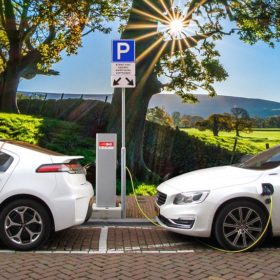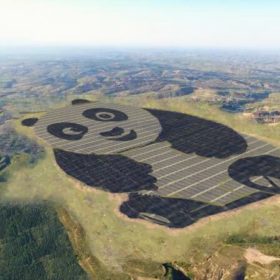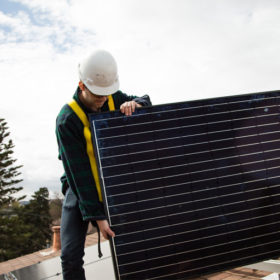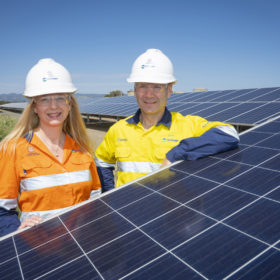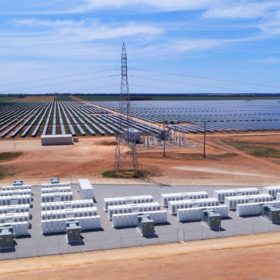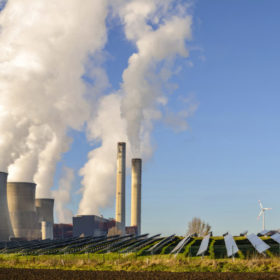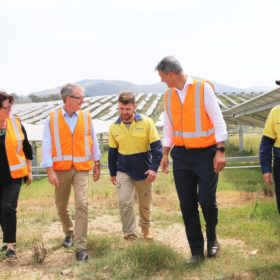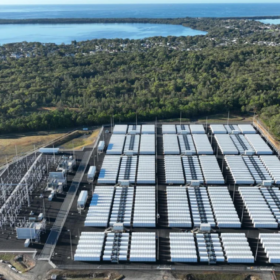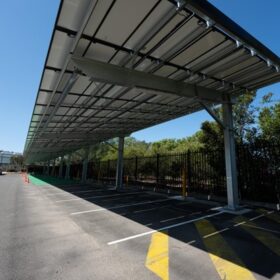Glencore ramps battery-building resources as it caps coal
2019 is showing signs of a seismic tremor in corporate attitudes to climate change and renewable-energy opportunities, with Glencore one of Australia’s biggest coal miners yesterday announcing it will prioritise production of commodities essential to energy transition.
China stirs the PV world – by preparing to shift to auction mechanism
Projects not encompassed by the new, central-subsidy-free, ‘grid-parity’ regime will be eligible to bid for a government subsidy. But, at a reported $446 million, the pot is not big.
NSW Labor commits to train 4,500 skilled solar electricians
After announcing a policy to drive 9 GW of renewable energy within a decade if elected, NSW Labor has pledged to invest $11 million to train and accredit electricians to install and maintain the new solar energy infrastructure in the state.
SA Water picks Enerven for solar+storage rollout
South Australia’s largest water and sewerage services supplier has chosen its partner to deploy approximately 154 MW of new solar PV generation and 34 MWh of energy storage, across around 70 of its sites over the next 18 months.
Victoria’s Powercor develops plan to avoid solar curtailment
The Victorian electricity distribution business has proposed network enhancements that aim to drive down power prices starting from 2021. It hopes to boost the safety and flexibility of the grid through the measures, which include network improvements to accommodate more solar and battery storage installations.
New coal excluded from Federal underwriting without parliamentary nod, funding accessible only to renewables
New legal advice, sought by The Australia Institute Climate & Energy Program, suggests the Underwriting New Generation Investment Program is unconstitutional and lacks the legislative basis to proceed.
SA Water looking to add solar+storage at three pumping stations
South Australia’s largest water and sewerage services supplier has a few utility-scale solar projects coupled with energy storage in its pipeline. Three of them are currently under consideration and scheduled to commence construction this year.
Sumitomo’s Infinite acquisition: “first step into distributed energy around the world”
In late January Japan’s Sumitomo Corporation Group took its first step into the distributed generation market, with its acquisition of Perth-based Infinite Energy. Infinite’s founder and CEO Aidan Jenkins says “after being the little guy” the Sumitomo balance sheet will allow the company to compete with the major electricity retailers – if state government in WA gives them the chance.
From laggard to leader: NSW Labor announces policy for an extra 7 GW of renewable generation
The Smart Energy Council has hailed today’s announcement of NSW Labor’s policy to drive 7 GW of renewable energy into the National Energy Market by 2030 as “the biggest rollout of renewable energy in Australia’s history”.
Clean Energy Council urges Government to put some energy into its policy — and vice versa
In the likely last full fortnight of Parliament before the Australian Federal election, the Clean Energy Council has thrown all political parties a lifeline in the form of 10 policy recommendations to grow renewable energy, as a low-cost source of electricity, a planet-saving emissions-reduction strategy and as a sustainable industry.
